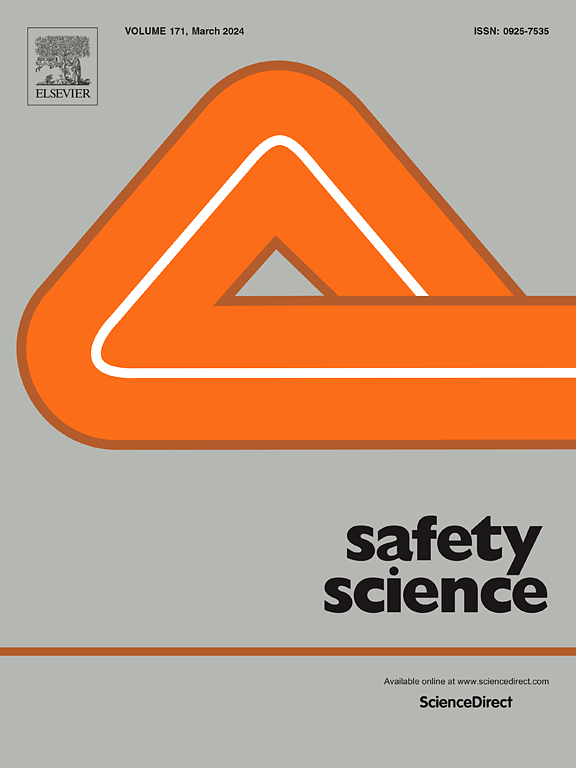算法管理与职业健康:物流组织实践的比较案例研究
IF 4.7
1区 工程技术
Q1 ENGINEERING, INDUSTRIAL
引用次数: 0
摘要
算法管理(AM)是指使用算法来监督和指导员工的技术,越来越多地被引入各个部门和工作场所。虽然之前的研究主要集中在AM对平台工作中工作质量的影响上,但它对非平台工作场所工人幸福感的影响仍未得到充分探讨。本研究旨在加深我们对AM对非平台工作场所职业健康影响的理解。利用社会技术视角和压力、无序和监管失败(PDR)模型(Quinlan等人,2001),它旨在确定组织实践,这些实践塑造了AM与员工工作经验、健康和整体福祉之间的相互作用。我们对两家瑞典物流公司进行了比较案例研究,并通过观察和半结构化访谈收集了数据。我们的分析侧重于组织实践、增材制造技术和员工经验之间的相互作用,以了解案例之间的关键差异。两家公司的员工都表示,他们的自主性和任务重要性都很低。然而,在电子商务公司中,AM带来的生理和心理压力更为明显,这种差异可能由PDR模型的因素解释。我们确定了似乎对员工增材制造体验产生积极影响的组织实践:i)让员工参与增材制造技术;ii)将人工智能纳入职业安全和健康管理;iii)设计允许工人控制的AM应用程序;以及iv)在AM的定量评估基础上增加定性评估的管理实践。我们的研究强调了设计组织实践的重要性,这些实践以促进职业健康和运营效率的方式纳入AM。本文章由计算机程序翻译,如有差异,请以英文原文为准。
Algorithmic management and occupational health: A comparative case study of organizational practices in logistics
Algorithmic Management (AM), which refers to technologies that use algorithms to oversee and direct workers, is increasingly being introduced across various sectors and workplaces. While previous research has focused on AM’s impact on job quality in platform work, its effects on worker well-being in non-platform workplaces remain underexplored. This study seeks to deepen our understanding of the impact of AM on occupational health within non-platform workplaces. Drawing on the socio-technical lens and the Pressure, Disorganization and Regulatory Failure (PDR) model (Quinlan et al., 2001), it aims to identify organizational practices that shape the interplay between AM and employees’ work experiences, health, and overall well-being. We conducted a comparative case study with two Swedish logistics companies and collected data from observations and semi-structured interviews. Our analysis focused on the interplay between organizational practices, AM technology, and worker experiences to understand key differences between the cases. Workers at both sites reported a low sense of autonomy and task significance. However, physical and psychological strain from AM was more pronounced in the e-commerce company, a disparity potentially explained by factors of the PDR model. We identified organizational practices that appear to positively influence workers’ AM experiences: i) involving workers with the AM technology; ii) integrating AM considerations into occupational safety and health management; iii) designing AM applications that allow worker control; and iv) managerial practices that add qualitative assessments to AM’s quantitative evaluations. Our research highlights the critical importance of designing organizational practices that incorporate AM in ways that promote occupational health alongside operational efficiency.
求助全文
通过发布文献求助,成功后即可免费获取论文全文。
去求助
来源期刊

Safety Science
管理科学-工程:工业
CiteScore
13.00
自引率
9.80%
发文量
335
审稿时长
53 days
期刊介绍:
Safety Science is multidisciplinary. Its contributors and its audience range from social scientists to engineers. The journal covers the physics and engineering of safety; its social, policy and organizational aspects; the assessment, management and communication of risks; the effectiveness of control and management techniques for safety; standardization, legislation, inspection, insurance, costing aspects, human behavior and safety and the like. Papers addressing the interfaces between technology, people and organizations are especially welcome.
 求助内容:
求助内容: 应助结果提醒方式:
应助结果提醒方式:


